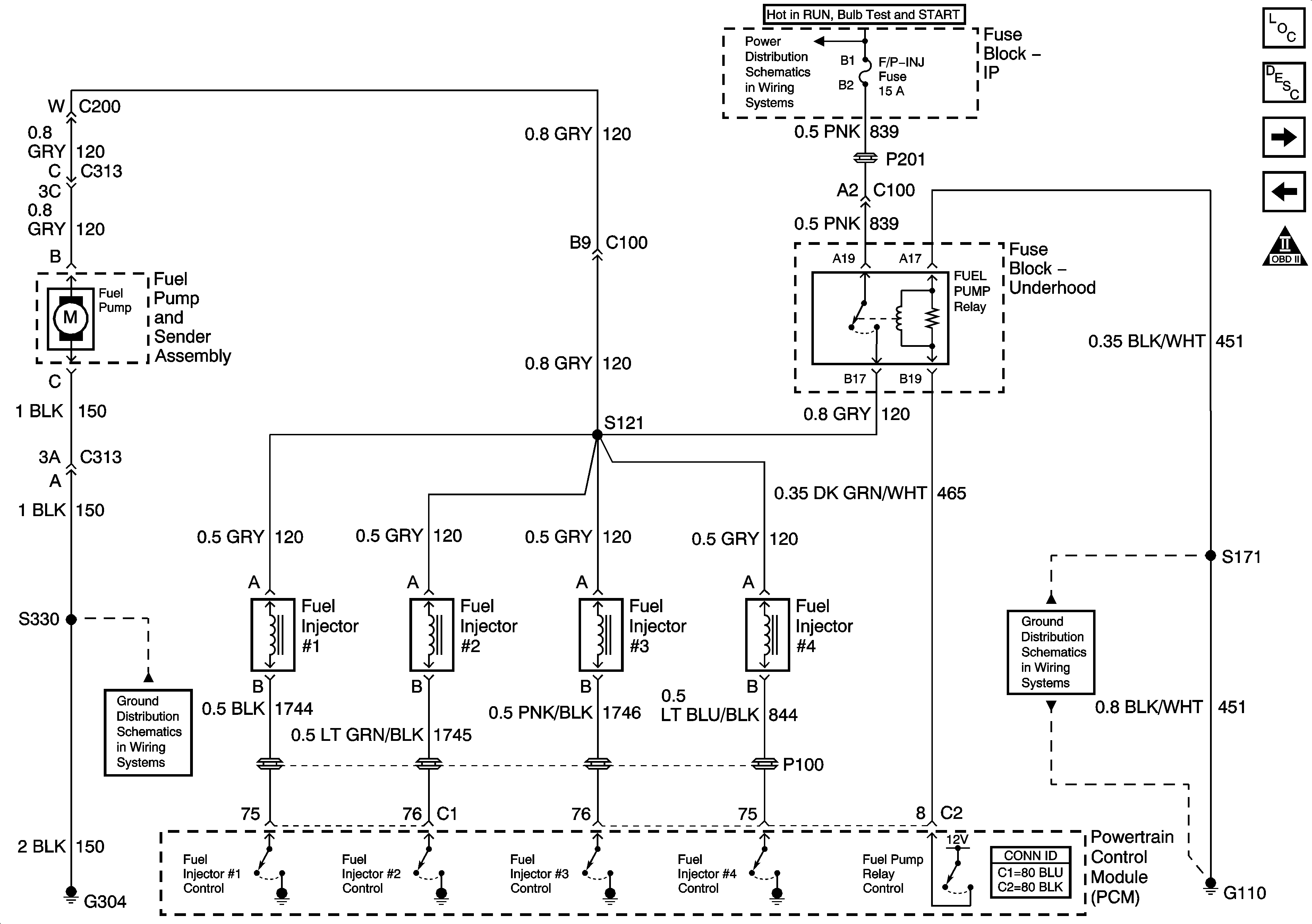Surges/Chuggles
Checks
| Action
|
DEFINITION: Engine power variation
under steady throttle or cruise. Feels like the vehicle speeds up and slows
down with no change in the accelerator pedal.
|
Preliminary
|
| • | Search for service bulletins. |
| • | Be sure the driver understands the transmission torque converter
clutch (TCC), and the A/C compressor operation as explained in the owners
manual. Inform the customer how the TCC and the A/C clutch operates. |
| • | Check the powertrain control module (PCM) grounds for the following
conditions: |
|
Sensor/System
|
| • | Check the oxygen sensor (O2S 1). The O2S 1 should
respond quickly to different throttle positions. If not, check the O2S 1
for silicon or other contaminants from fuel or the use of improper
RTV sealant. The sensor may have a white powdery coating. Silicon
contamination causes a high but false O2S 1 signal voltage
(rich exhaust indication). The PCM will reduce the amount of fuel
delivered to the engine, causing a severe driveability problem. |
| • | Check for proper operation of the manifold absolute pressure (MAP)
sensor. |
| • | Check for proper operation of the throttle position (TP) sensor. |
| • | Check for proper operation of the engine coolant temperature (ECT)
sensor. |
|
Fuel System
|
| • | Check the fuel filter for being plugged or restricted. |
| • | Check items which can cause an engine to run rich (Long Term FT
is significantly in the negative range). Refer to Diagnostic Aids for
DTC P0172
. |
| • | Check items that can cause an engine to run lean (Long Term FT
is significantly in the positive range). Refer to Diagnostic Aids for
DTC P0171
. |
|
Ignition
System
|
| • | Check for proper ignition voltage output with the J 36012-A
spark plug jumper wires and J 26792
spark tester or equivalent. |
| • | Check the spark plugs for the following conditions: |
| - | Check for wet or fuel fouled spark plugs. |
| - | Check for cracks on the spark plugs. |
| - | Check for improper spark plug gap. |
| - | Check for burned electrodes or heavy deposits. |
| • | If the spark plugs are fuel or oil fouled, the cause of the fouling
must be determined before replacing the spark plugs. |
| • | Check the ignition control module (ICM) for proper ground connection. |
| • | Check the ignition coils for cracks or carbon tracking. |
|
Additional Checks
|
| • | Check for proper operation of the TCC. Refer to
Road Test
for 4T40 or
Road Test
for 3T40 in Automatic Transmission. |
| • | Check the exhaust system for a possible restriction: |
| - | Inspect the exhaust system for damaged or for possible collapsed
pipes. |
| - | Inspect the muffler for heat distress or for possible internal
failure. |
| - | Check for possible plugged three-way catalytic converter. Refer
to
Restricted Exhaust
in Engine Exhaust. |
| • | Check the vacuum lines for kinks or leaks. |
| • | Check the generator output voltage. Repair the generator if the
output voltage is less than 11 volts or more than 16 volts. |
| • | If all procedures have been completed and no malfunctions have
not been found, review and inspect the following items: |
| - | Visually and physically inspect all electrical connections within
the suspected circuit and/or systems. |
|

